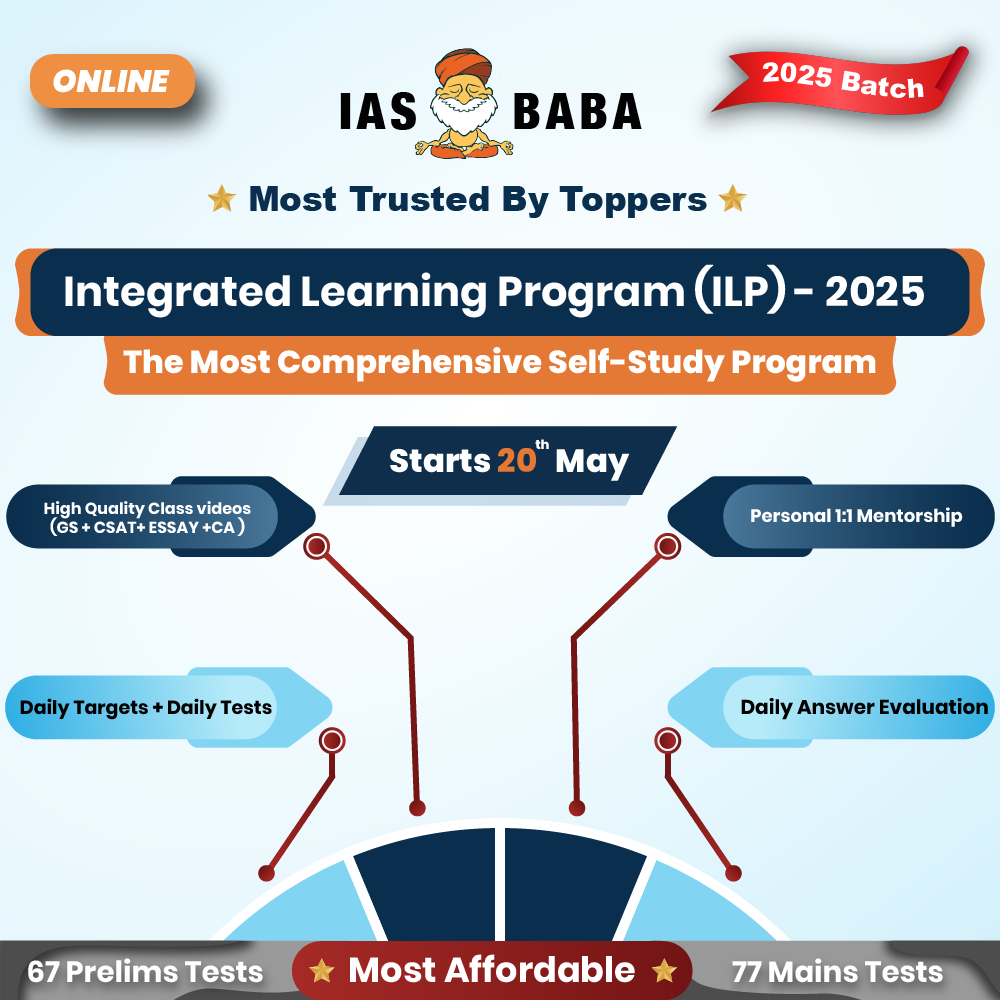All India Radio
Economic Advisory Council Meeting
Search 20th December 2017 http://www.newsonair.com/Main_Audio_Bulletins_Search.aspx
TOPIC: General Studies 3
- Indian Economy and issues relating to planning, mobilization of resources, growth, development and employment.
- Effects of liberalization on the economy, changes in industrial policy and their effects on industrial growth.
Background
EAC to PM was created under PM Gandhi in the early 1980s. Some of the finest economists have been its members including Sukumar chakravarty, C. Rangarajan, Suresh Tendulkar. In 2014 it was discontinued but later in 2017, this institution was revived. This clearly was recognition on part of government that it needs a body of expert opinion and advice from eminent economists who are not necessarily attached to the government but they may have understanding of economic policy making under a government system.
It is a body that gives PM advice on economic matters though not all is accepted. But the issues and topics discussed gives an idea of what kind of concerns the EAC is preoccupied with because probably are the issues engaging the mind of policymakers in the government.
Some of the most important interventions made by past EAC-
- Sukumar Chakravarty- the Indian economy was going through deep internal conflicts over what kind of economic model of growth should be adopted as the Indian economy and the Indian economic policy making was gradually moving away from socialistic pattern of growth to a more market led economic growth. The EAC was trying to fine tune this transition and making suggestions of how while the government needs to withdraw from the major forces of economic activity, and even while doing that the government cannot abandon its role as a provider of basic services, particularly in the areas of health education and social services.
- Rangarajan- the recommendation of every EAC is contextualized by the circumstances in which they are operating. This council operated in the aftermath of great recession of 2008. The faith in public as well as private institutions had eroded considerably raising questions on globalization, raising doubts about whether the model of financialisation of economy is something that can be sustained over a period of time or not. The last decision of EAC was regulating the financial institutions, how to do it, how to solve NPAs, the rejiging of PSBs. India was also impacted by this 2008. Not just the macroeconomic areas of fiscal consolidation and financial sectors to be made stronger and robust but also sectoral policy fixes.
Present composition of EAC
Industry is not part of the body but suggestions are invited from them as and when the necessity of getting the industrial inputs. It is largely a body of economists or sectoral experts are represented- agriculture economists, fiscal economists, monetary economists.
Earlier, the EAC discussions were made public. Now it is held under camera to encourage the economists to give an independent view. It was reconstituted in September 2017
- 1st meeting- what kind of policy framework should inform the budget making exercise for 2018-19. The general opinion- fiscal prudence as a policy instrument cannot be abandoned because the economy needs stimulus. Stimulus as such is not discarded but providing stimulus by departing from the path of fiscal prudence is frowned upon. While more expenditure was indeed talked about, but more expenditure without cutting wasteful expenditure so that fiscal consolidation part is not abandoned is what the EAC advocated. As of now the government is sticking to it but there is tremendous pressure to spend more and give a pause to fiscal consolidation.
- 2nd meeting- need for sectoral presentation of papers on various areas, particularly- employment and growth. These papers are being presented, but not much details are being spilled.
- 3rd meeting is also extended on the issue of employment and growth and looks at agriculture closely. The challenges of doubling farm income, increasing agriculture productivity are core issues along with questions of strengthening the Panchayati raj institution and make panchayats poverty free. The urban and rural poverty index divide is very strong in India. The urban India poverty is at 18% and rural poverty is 33%. Thus, poverty free panchayat is good idea. Trade issues were discussed as exports are not doing well. In last few months, exports did not grow above 11-12%. There is a need to grow exports in more sustained way so that trade deficit and CAD do not go out of way.
- The Council is also evolving the design of a new Economy Tracking Monitor, linking economic growth indicators with social indicators for last mile connectivity.
Conclusion
The 2nd quarter GDP did increase but the challenges for meeting the growth target for current year of around 7% is imposing as the 3rd and 4th quarter must come up with growth rate of 7.5% plus to achieve the annual growth rate of 7%.
The Indian economy faces “serious downside risks” as the government’s demonetisation drive, implementation of the goods and services tax (GST) and corporate debt reduction efforts could accelerate a slowdown and make recovery difficult. Employment and growth are currently the main economic concerns.
Connecting the dots:
- The Economic Advisory Council calls for focus on employment generation as well as agricultural growth. Examine the co-relation between the two sectors and how they impact the social demography of the nation.













